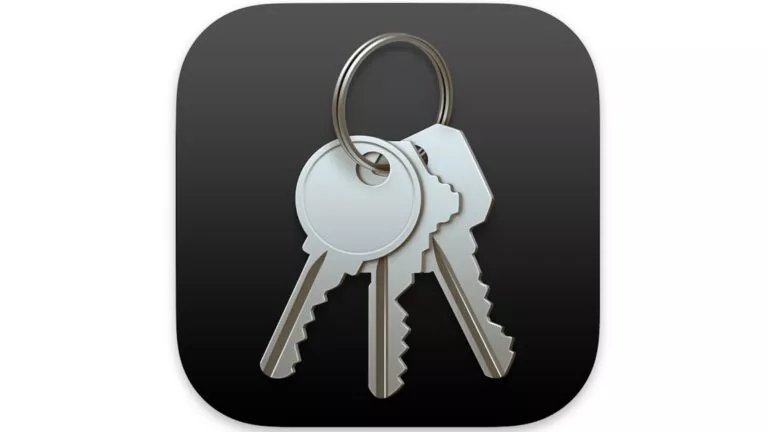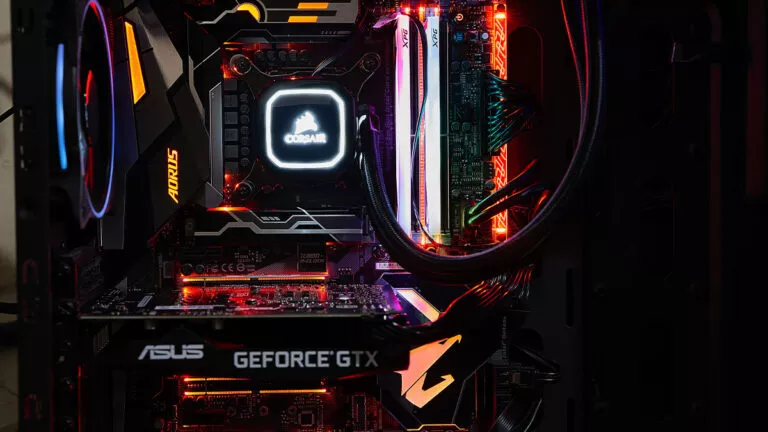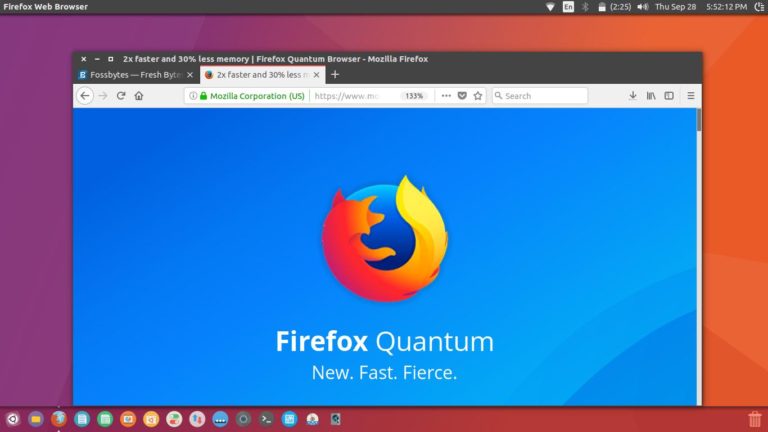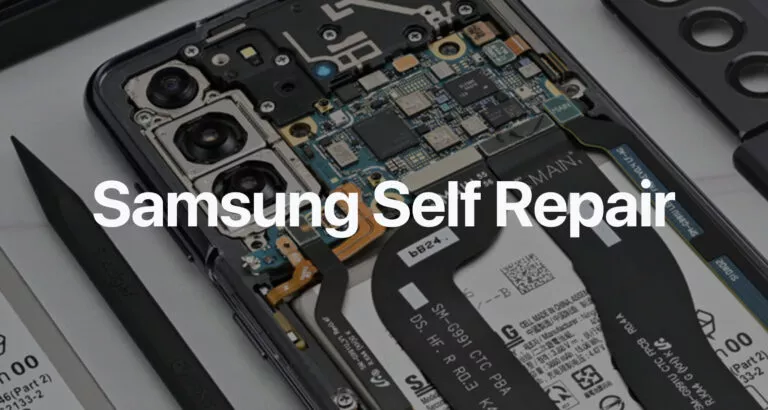What Are Direct Connect Protocol And DC++? How To Use DC++ For File Sharing?
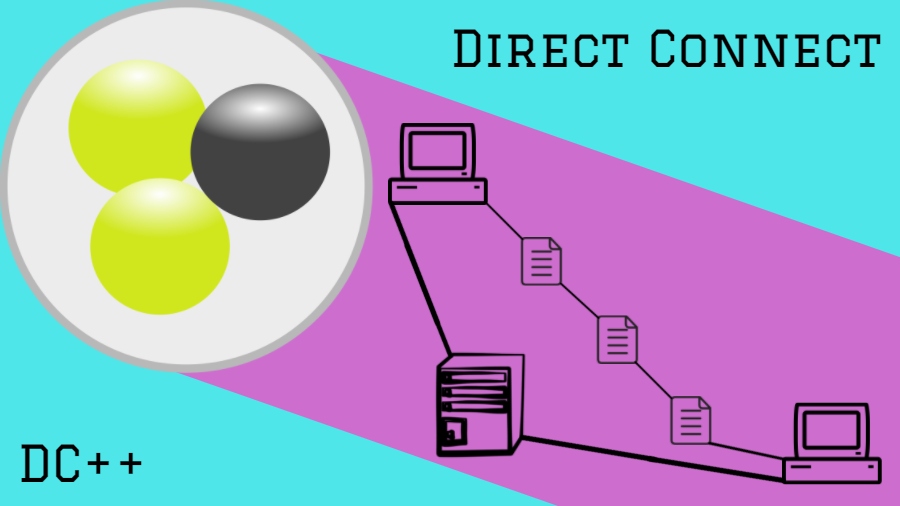
Short Bytes: A P2P file sharing protocol known as Direct Connect (now Advanced Direct Connect) is used to transfer files between two end devices on the Direct Connect network. The users can chat, search, and download files — software, music, audiobooks — indexed on central servers known as Hubs. DC++ is open source and the most popular client for the Direct Connect network.
For the people having the desires to share large files, BitTorrent has been a right-hand man. But another kingdom in the world of P2P file sharing is the Direct Connect — a kind of P2P protocol to enable file sharing over the internet.We haven’t seen the mass adoption of Direct Connect (DC) just like we saw in the case of BitTorrent. Just like BitTorrent, the Direct Connect is also a decentralized people-powered network but differs in the mode of its operation.
What is Direct Connect Protocol?
Direct Connect protocol is used to establish communication between two devices on the internet-based Direct Connect network. One thing about the protocol is that it doesn’t support encryption by default. All the data and user credentials are sent and received in plain-text (in UTF-8 encoding) over the DC network. Encryption capabilities can be added as an extension to the protocol.
Advanced Direct Connect (ADC) protocol is the latest development of this technology. It has been released to address the drawbacks of the Direct Connect. For instance, user credentials are not sent in plain-text in the case of ADC.
The development of DC network is looked after by a Sweden-based non-profit Direct Connect Network Foundation. DCNF provides financial resources for domain and website servers used on the network. It also handles the legal matters related to the system.
More about Direct Connect — Hubs and Rules
The direct connect network mainly consists of central servers or Hubs – gathering points where users connect and share their data with others. The purpose of a Hub is to serve as a platform where users can browse the files and folders shared by other users, and download them on their machines.
However, the hub itself doesn’t host any data. All the files remain on the users’ computers. They are transferred directly from one user to another in a peer-to-peer fashion.
Each hub has its set of rules which are to be strictly followed by the users connected to the hub. For instance, a particular hub may mandate a minimum limit of the data to be shared by every hub user. Some hub may not allow pornography and other sensitive content.
A hub address is required to establish a connection with a hub. It is written as dchub://randomhub.com:411 in the case of DC protocol and adc://randomhub.com:411 for ADC protocol. The port 411 is the default port for the hubs. Regarding client-to-client communications, port 412 is used. The IP address of the hub server can also be used to connect to it.
Public Hubs: Generally, public hubs are open for all, given the user adheres to the rules mentioned by the hub administrator. Sometimes, a public hub may allow a user to connect but ask for user registration to give them access to the files shared by other users.
Public hubs are easy to find with the help of hublists containing the name of various hubs present around the globe. There are some pre-configured public hublists hosted on different servers.
Private Hubs: These hubs are restricted to a limited number of people who need to have a username and a password to connect and access its files.
Slots: These are the number of available download connections for a user. For instance, if a user in a hub has 5 slots, only five other people will be able to download the file uploaded by that user.
What is DC++ software? How To Use DC++?
Just like you use BitTorrent or uTorrent to access the BitTorrent network, DC++ is for the Direct Connect network. It is the open source variant of the NeoModus Direct Connect client. Created by Jonathan Hess in 1999, NeoModus was the first client to facilitate file sharing using the direct connect protocol.
DC++ is free to use and doesn’t contain any advertisements, unlike its former counterpart NeoModus. The open-source nature of the software has inspired many new derivatives. In the steps mentioned ahead, I’ll tell you how to use DC++ software:
You can connect to a public hub within minutes after installing DC++ on your computer. Here’s the download link. Currently, DC++ only supports Windows OS. For other operating systems, different clients are available. DC++ comes with some pre-configured hublists featuring public hubs. You can change the hublist to see a different set of hubs.
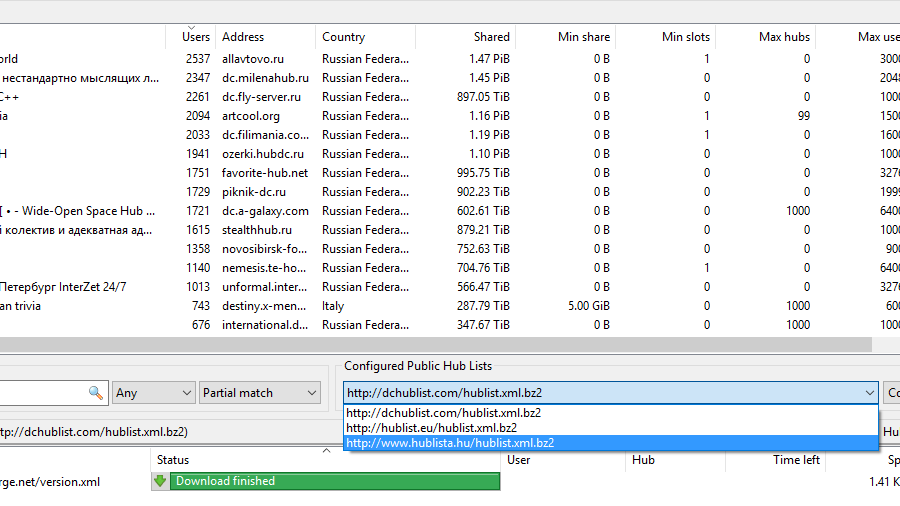
Click the Earth button on the top-left to get the list of all the public hubs available for a particular hublist. You can double-click a name in the list to connect to that particular hub. If you have an address for a hub, you can use the Quick Connect option in File menu to directly connect to the particular hub.
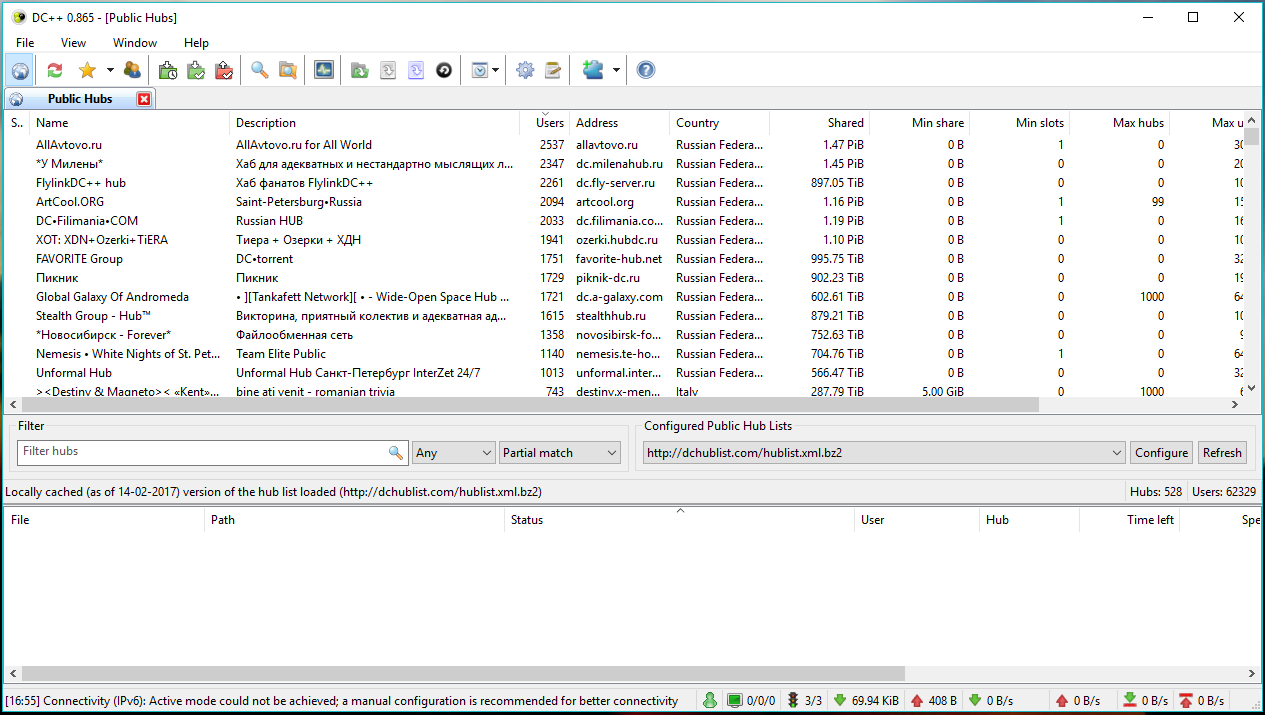
If you’re using a regular internet connection for DC++, it won’t require any changes in the settings. But if you’re using a proxy server or VPN or you’re behind a firewall of a school or corporate network, you may have to tweak the settings.
How do I Share Files On DC++?
As mentioned above, some hubs may require a minimum amount of shared content to become eligible for the group. You can take the help of the following steps to share file on DC+:
- In the DC++ window, click File in the top-left corner of the screen.
- Click Settings in the drop-menu.
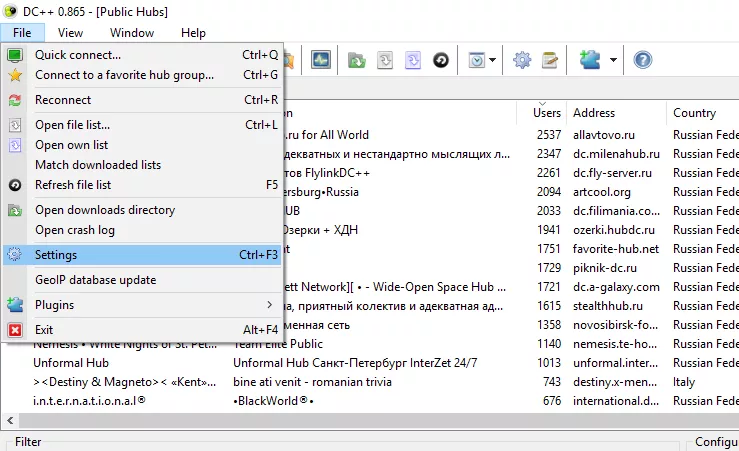
- In the left pane, click Sharing option.
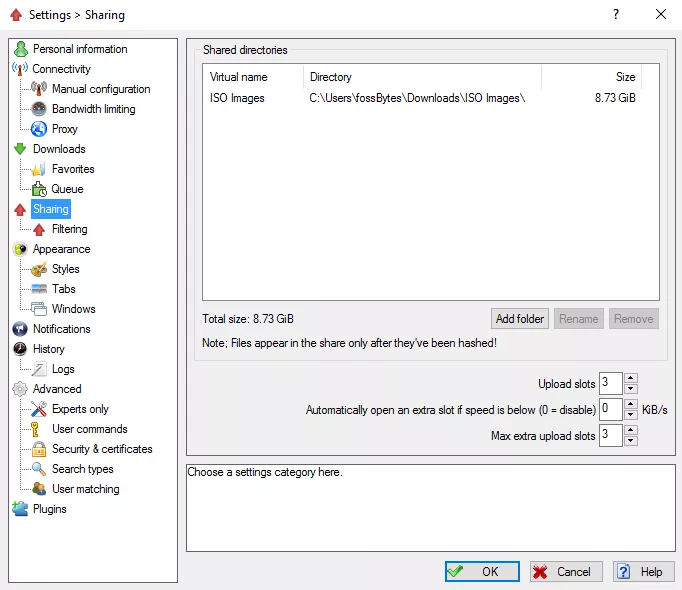
- On the right side, click Add Folder.
- Select the folder you want to share and click Ok.
- Now, depending on the size of the folder, it’ll take some time for DC++ to index the contents.

- After the indexing finishes, click Ok.
I hope that you found this small tutorial on how to use DC++ software useful. Here’s a tip: you can add more folders depending on the sharing needs for a particular hub you want to connect.
Something about the download process
After you connect to a hub, you can find the list of connected users on the right-hand side. Double-click any user and DC++ will display all the content shared by him. You can download the same on your machine without any hassle.
DC++ can handle download interruptions. If the user goes offline before your download finishes, it’ll resume automatically when the user comes back online.
One important thing about downloading files using DC++ is that there is one to one connection. A single user hosting the files has to bear the upload bandwidth.
If you take the case of BitTorrent, a single download receives input from multiple sources (seeds). This reduces the chances of download interruptions, as well as, puts a check on the bandwidth usage of the people hosting the file.
On the other hand, DC++ gives its users a lot of convenience in hand. People don’t have to search multiple websites on the internet to find the content. It has inbuilt search capabilities. Like, for BitTorrent, there are dozens of popular torrent sites.
DC Clients
DC clients for Windows
- DC++
- ApexDC++
- AirDC++
- BCDC++
DC Clients For Linux
- EskaltDC++
- FreeDC++
- NCDC
- QuickDC
DC Clients for MacOS
- EskaltDC++
- DCOSX
- Mac DC++
- ShakesPeer
So, these were the names of few clients for the Direct Connect network. It’s hard to cover all of DC in a single writing. This was a small attempt to put this great piece of software to light.
You might be having the urge to try DC++. Use it and tell us about your experience. And don’t forget to drop your feedback.
Also Read: What Is System Volume Information Folder In Windows? How To Access And Shrink It?

